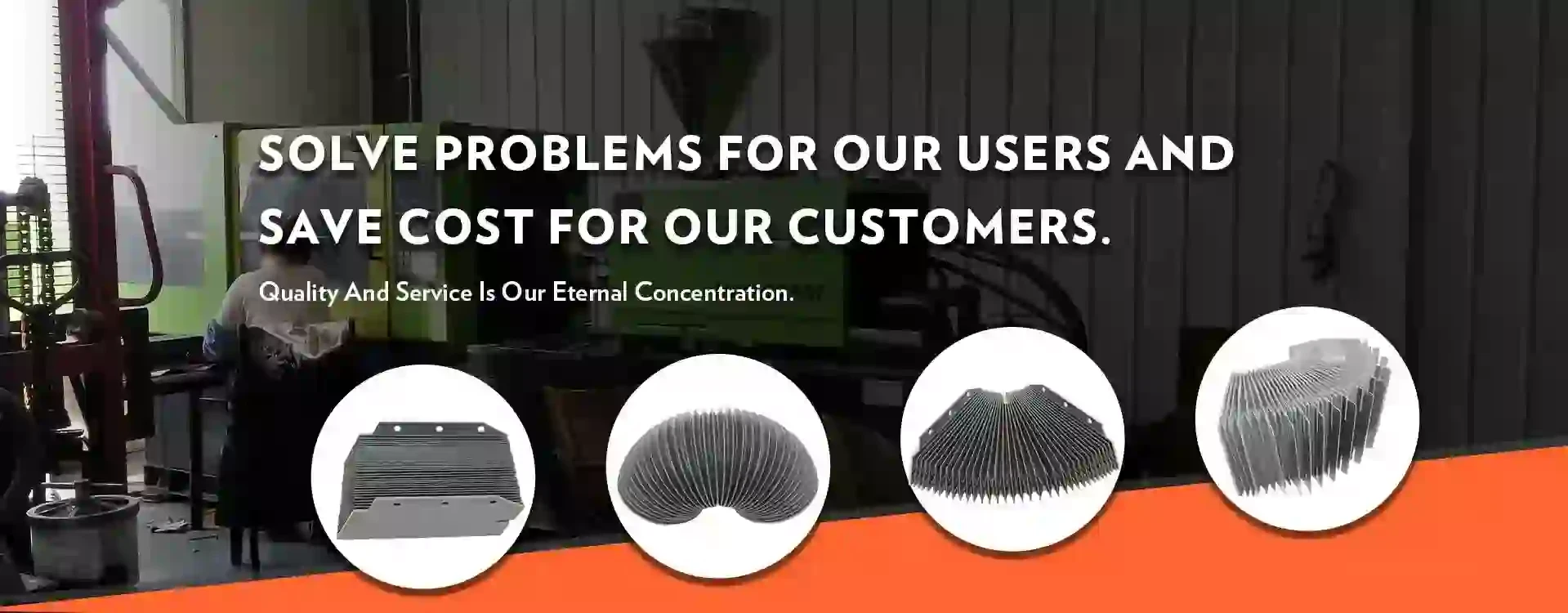Cable Drag Chain Selection and Specifications Guide for Efficient Cable Management Solutions
Cable Drag Chain Catalog A Comprehensive Guide
In today's fast-paced industrial landscape, the efficient management of cables and hoses is critical to the success of an operation. One of the most effective solutions for this challenge is the cable drag chain, also known as cable carrier or energy chain. This article provides an overview of cable drag chains, highlighting their significance, types, features, and the best practices for their selection and installation.
Understanding Cable Drag Chains
Cable drag chains are engineered systems designed to hold, protect, and guide moving cables and hoses. They are most commonly used in industries where machinery and equipment operate in dynamic environments, such as automation, robotics, and machinery manufacturing. By minimizing cable wear and ensuring organized routing, drag chains can dramatically enhance operational efficiency and safety.
Types of Cable Drag Chains
Cable drag chains come in various types to accommodate different industrial needs. Here are some of the most prevalent types
1. Open Drag Chains These chains consist of a series of links and are ideal for applications where quick access to cables is necessary. They provide flexibility and are easy to install and maintain.
2. Enclosed Drag Chains Offering better protection against dust, debris, and environmental hazards, enclosed drag chains prevent abrasion and tangling of cables. They are suitable for harsh working conditions.
3. Heavy-Duty Drag Chains Designed for rigorous applications, these chains can support a high weight load and are often used in heavy machinery and construction equipment.
4. Customized Drag Chains Many manufacturers offer bespoke solutions tailored to specific operational requirements. Customized chains may include special materials, brand colors, or specific dimensions.
Key Features
When choosing a cable drag chain, several features should be considered to ensure maximum performance
- Material Drag chains are typically made from materials such as plastic, steel, or aluminum. The choice of material depends on environmental conditions, weight load, and resistance to chemicals.
- Flexibility A good drag chain needs to allow for flexibility in movement, providing a smooth path for cables as machinery operates.
- Chain Inner Width and Height These dimensions determine how many and what types of cables can be accommodated. It is essential to ensure that the cables can fit comfortably within the chain to prevent damage.
cable drag chain catalogue

- Cycle Life The expected cycle life of a drag chain is a vital factor, particularly in high-cycle environments
. Manufacturers often provide specifications on the life expectancy of their products.Selecting the Right Drag Chain
Choosing the right cable drag chain requires careful consideration of several factors
1. Application Requirements Analyze the specific needs of your machinery and the environment where the drag chain will be used. Consider the type of movement (linear or rotary), speed, and distance.
2. Cable Compatibility Ensure that the cables and hoses to be used within the drag chain are of suitable types and can be securely accommodated.
3. Load Capacity Determine the weight of the cables and hoses that the drag chain will carry and select a model that can handle the load without excessive strain.
4. Installation Space Measure the available space for the drag chain installation to ensure a perfect fit.
Best Practices for Installation
Proper installation of cable drag chains is crucial for optimal performance
- Layout Planning Create a blueprint of the installation to visualize cable routing and identify potential issues before installation begins.
- Avoid Sharp Bends Ensure that curves in the cable tracks have gentle radii to prevent wear and tear on cables.
- Regular Maintenance Establish a routine inspection schedule to check for signs of wear, damage, or misalignment to prolong the life of the drag chain and the cables contained within.
- Training Provide training for staff involved in handling and maintaining drag chains, emphasizing the importance of proper use and maintenance procedures.
Conclusion
In conclusion, cable drag chains are an essential component in today's industrial operations, offering solutions for efficient cable management. Understanding their types, key features, and best practices for selection and installation will ensure that businesses can optimize their performance and reduce downtime. Investing in the right drag chain not only enhances operational efficiency but also contributes to a safer working environment. As industries continue to evolve, so too will the technology and design of cable drag chains, paving the way for even more innovative solutions in cable management.








